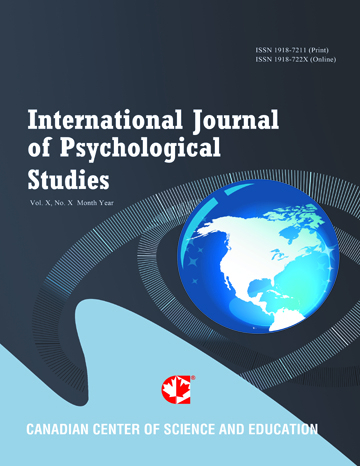The Predictability of Synchronicity Experience: Results from a Survey of Jungian Analysts
- Robert G. Sacco
Abstract
Fibonacci time patterns may predict future synchronicity experiences (SEs) by forecasting nonlinear dynamical interactions. This study examined if there were differences between observed distributions of SEs matching Fibonacci time patterns compared to expected distributions based on chance. An online survey link was e-mailed to a random sample of Jungian analysts drawn from membership lists of the International Association for Analytical Psychology (IAAP). Two experiments tested the hypothesis that Fibonacci algorithms would predict increased SEs compared to chance. The two Fibonacci algorithms studied were a golden section model (GSM) and harmonic model (HM). Participants reported a total of 41 synchronicities. Statistical analysis showed a significant difference (p < .10) between observed synchronicity matches and expected frequencies based on chance for the HM algorithm, and no significant difference in matches predicted by the GSM algorithm. Synchronicity dynamics showed a predictability range between ±34 days. The article discusses, among other issues, what these findings might mean for theoretical explanations of synchronicity and clinical practice.- Full Text:
 PDF
PDF
- DOI:10.5539/ijps.v11n3p46
Journal Metrics
1. Citations (March 2025): 10975
3. i10-index (March 2025): 233
For details about the Journal Metrics, please visit the Google Scholar website.
Index
- AcademicKeys
- CNKI Scholar
- Elektronische Zeitschriftenbibliothek (EZB)
- Excellence in Research for Australia (ERA)
- GETIT@YALE (Yale University Library)
- Harvard Library E-Journals
- JournalSeek
- JournalTOCs
- LOCKSS
- MIAR
- Open Access Journals Search Engine(OAJSE)
- Open J-Gate
- PKP Open Archives Harvester
- SHERPA/RoMEO
- Standard Periodical Directory
- The Keepers Registry
- UCR Library
- Ulrich's
- Universe Digital Library
- WorldCat
Contact
- Barbara SunEditorial Assistant
- ijps@ccsenet.org
